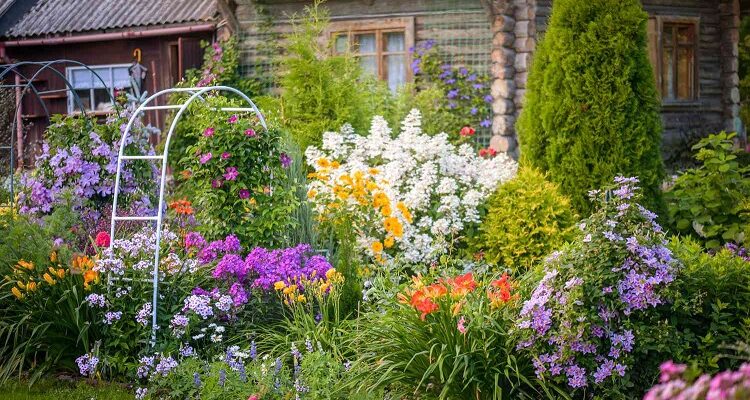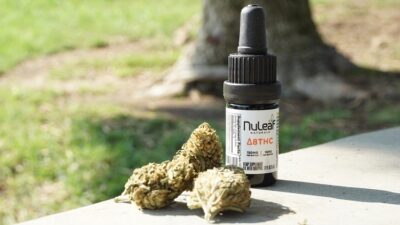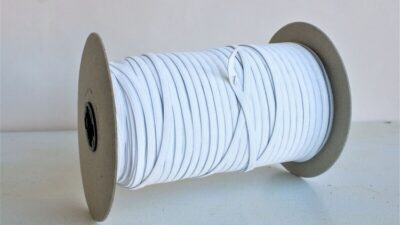When it involves bolstering the bee population in our gardens, nothing does the trick pretty like a meadow seeds. In recent years, the plight of bees has emerge as a urgent environmental concern, with their numbers diminishing at an alarming price. This decline is largely due to a lack of habitat, pesticides, and climate exchange, but there is a way you can contribute to the solution proper out of your very own backyard. Creating a bee-pleasant space with the right choice of meadow seeds can provide these important pollinators a buffet brimming with nectar and pollen.
Bees are not fussy eaters, however they do have their preferences. When selecting meadow seeds, it is important to don’t forget range, as a numerous flower meadow can guide a extensive variety of bee species. From the tiny solitary bees to the greater acquainted bumblebees and honeybees, unique species are interested in one-of-a-kind sorts of vegetation. Here’s a easy guide to some of the great meadow seeds to sow for our humming friends.
Table of Contents
Foxglove (Digitalis purpurea):
These towering blooms are not only a dinner party for the eyes but additionally a favorite amongst bees. Their bell-formed flora make it clean for bees to dive inside and outside, collecting nectar and pollen. Planting foxgloves is a surefire way to add a touch of drama for your bee meadow.
Lavender (Lavandula):
A herb loved via chefs and bees alike, lavender is a have to-have in any bee-pleasant lawn. Its fragrant, purple spikes are a magnet for bees all through the summer. Lavender is likewise quite drought-resistant, making it a fuss-loose addition on your meadow.
Clover (Trifolium):
Often ignored, clover is a powerhouse for bees. Both pink and white clover varieties offer a rich supply of nectar. Clover is also a soil improver, fixing nitrogen inside the earth, which advantages your garden as an entire.
Borage (Borago officinalis):
Also known as starflower, borage is a hardy annual that reseeds itself, making sure a steady deliver of bee meals. Its putting blue vegetation are not simplest a visible treat however also a favorite amongst each honeybees and bumblebees.
Cornflower (Centaurea cyanus):
With its vibrant blue petals, the cornflower is a colorful addition to any meadow. It’s specifically attractive to honeybees and affords a constant supply of pollen and nectar at some stage in the summer months.
Crafting a meadow from seed might also appear like a daunting project, but it is easier than you may suppose. The key to fulfillment lies in practise and staying power. Start by using choosing a sunny spot as bees are sun-fanatics. Clear the region of any existing grass or weeds to offer your seeds the first-rate begin. Sowing have to ideally take area in spring or autumn while the soil is wet. Scatter the seeds calmly and lightly press them into the floor, but don’t bury them – maximum meadow seeds need mild to germinate.
Once your meadow starts offevolved to flourish, upkeep is minimum. The splendor of a wildflower meadow is in its herbal, untamed look. However, an annual cutback on the give up of summer helps to maintain matters in take a look at and encourages new growth the subsequent year. Beyond that, your meadow will largely take care of itself, leaving you more time to enjoy the thrill and flutter of the new site visitors for your garden.
Attracting bees for your garden with a flower meadow isn’t always only a boon for biodiversity; it is a vibrant, residing artwork that shifts and changes with the seasons. As the landscape of our nation-state maintains to alternate, providing a refuge for bees is greater crucial than ever. By sowing meadow seeds for bees, you are playing a element in safeguarding these vital pollinators for destiny generations. Plus, there may be the added joy of watching your garden grow to be a hive of interest, vibrant with plants and bustling with bees.













Comments